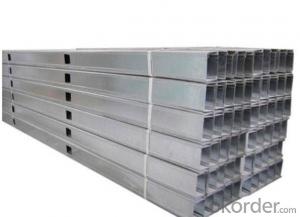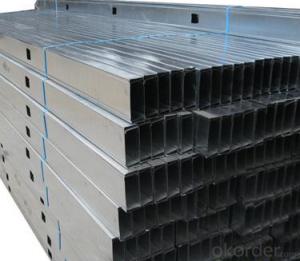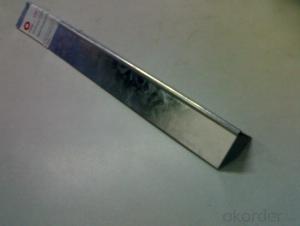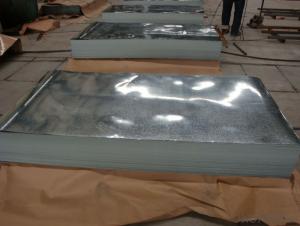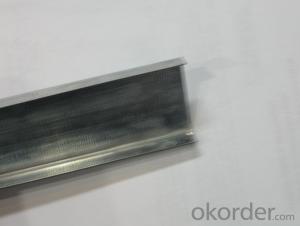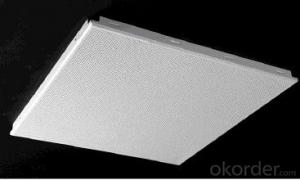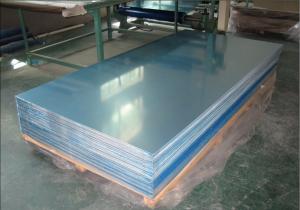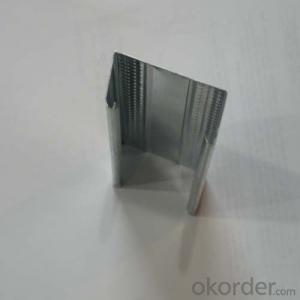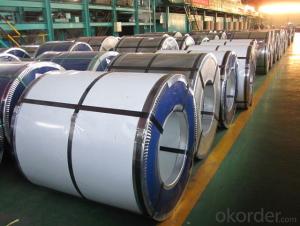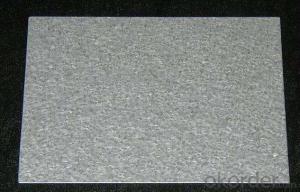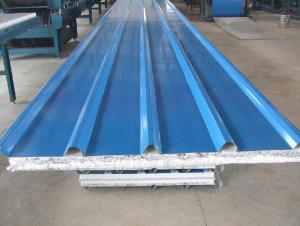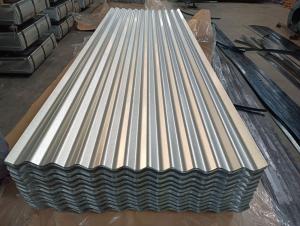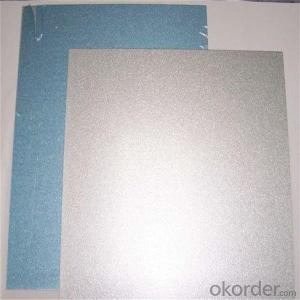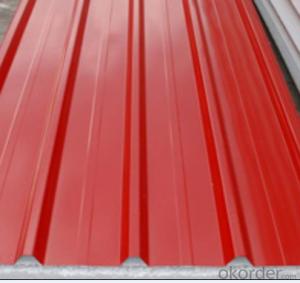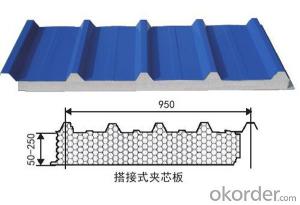28 Gauge Galvanized Sheet Metal
28 Gauge Galvanized Sheet Metal Related Searches
Best Paint For Stainless Steel Paint For Galvanized Steel Steel Frames For Furniture Self Tapping Screws For Steel Surface Grinding Wheels For Hardened Steel Hole Saw For Stainless Steel Paint For Stainless Steel Stainless Steel For Bbq Step Bit For Stainless Steel Sponge For Stainless SteelHot Searches
Used Metal Folding Chairs For Sale Large Metal Containers For Sale Metal Shop Cabinets For Sale Metal Shipping Crates For Sale Galvanized Steel Scrap Price Fiber Sheet Price In India Galvanized Steel Prices Plastic Fiber Sheet Price Upvc Roofing Sheet Manufacturer In India China Geomembrane Roll Sheet Lasani Wood Sheet Price Rhino Roofing Sheet Price List Tinplate Sheet Price Mdf Price Per Sheet 4Mm Mdf Sheet 1220X2440Mm Price Grp Sheet Price Aluminum Sheet Stock Sizes Cost Of 4X8 Sheet Of Plywood Cost Of Drywall Per Sheet Buy Sheet Plastic28 Gauge Galvanized Sheet Metal Supplier & Manufacturer from China
Okorder.com is a professional 28 Gauge Galvanized Sheet Metal supplier & manufacturer, offers integrated one-stop services including real-time quoting and online cargo tracking. We are funded by CNBM Group, a Fortune 500 enterprise and the largest 28 Gauge Galvanized Sheet Metal firm in China.Hot Products
FAQ
- Yes, steel sheets are suitable for food processing facilities. Steel is a durable and hygienic material that is resistant to corrosion, easy to clean, and can withstand high temperatures. It is commonly used in food processing facilities to ensure food safety and maintain a clean and sanitary environment.
- Steel sheets are protected during storage in warehouse facilities through various methods to ensure their integrity and prevent damage. One common method is the use of protective coatings or finishes. Prior to storage, steel sheets are often coated with a layer of oil or wax to provide a barrier against moisture and rust. This coating acts as a protective shield, preventing oxidation and corrosion. In addition to coatings, steel sheets are usually stacked and stored in a way that minimizes the risk of physical damage. They are typically placed on pallets or racks, with proper spacing and support to prevent bending or warping. This ensures that the weight is evenly distributed and reduces the risk of deformation. Moreover, warehouse facilities employ various measures to control the environment and protect steel sheets from adverse conditions. For instance, temperature and humidity levels are closely monitored and regulated to prevent moisture buildup, as excessive humidity can accelerate corrosion. Adequate ventilation systems are installed to maintain a dry environment and prevent condensation. Furthermore, warehouse facilities often implement strict security measures to safeguard steel sheets from theft or unauthorized access. These measures may include surveillance cameras, access control systems, and security personnel to prevent any potential damage or loss. Overall, by using protective coatings, proper stacking techniques, controlling the environment, and implementing security measures, warehouse facilities ensure that steel sheets are well-protected during storage, preserving their quality and preventing any potential damage.
- The hardness of steel sheets can vary depending on the specific grade and manufacturing process, but generally, steel sheets have a high level of hardness due to their composition and heat treatment.
- What's the difference between a spray plate and a colored steel plate?
- Color steel plate, material without zinc flower leveling, hot galvanized steel coil and zinc alloy coating, steel coil and other good substrate;
- The maximum width of a steel sheet can vary depending on the manufacturing process and specific requirements, but it is typically around 2,500-3,000 millimeters (98-118 inches).
- Some of the different surface treatments for galvanized steel sheets include chromate conversion coating, zinc phosphate coating, and organic coating. These treatments help improve the corrosion resistance and aesthetic appearance of the galvanized steel.
- Laminated steel sheets, which are produced by bonding multiple layers of steel with adhesive or resin, are known for their increased strength and durability. This lamination process enhances their resistance to bending, impact, and corrosion. Additionally, it reduces noise and vibration in applications like automotive bodies or construction materials. In contrast, non-laminated steel sheets consist of a single layer of steel without undergoing the lamination process. While these sheets are still robust and long-lasting, they may not possess the same level of resistance to bending, impact, and corrosion as laminated steel sheets. They are commonly used in roofing, siding, and general fabrication. The key distinction between laminated and non-laminated steel sheets lies in their composition and properties. Laminated steel sheets offer superior strength, durability, and resistance to various forces, making them ideal for demanding applications where structural integrity is crucial. On the other hand, non-laminated steel sheets are more cost-effective and suitable for applications where high strength and durability are not the primary requirements.
- Indeed, steel sheets prove to be a suitable option for aerospace applications. Renowned for its remarkable strength and durability, steel emerges as an outstanding preference for aircraft structural components. Its capacity to withstand impact and fatigue proves pivotal in the aerospace sector. Moreover, steel sheets can be effortlessly molded and joined through welding, facilitating the crafting of intricate forms and structures. Nevertheless, it is crucial to emphasize the meticulous selection of the precise steel type and composition to satisfy the distinctive needs of the aerospace industry, encompassing weight reduction and corrosion resistance.






